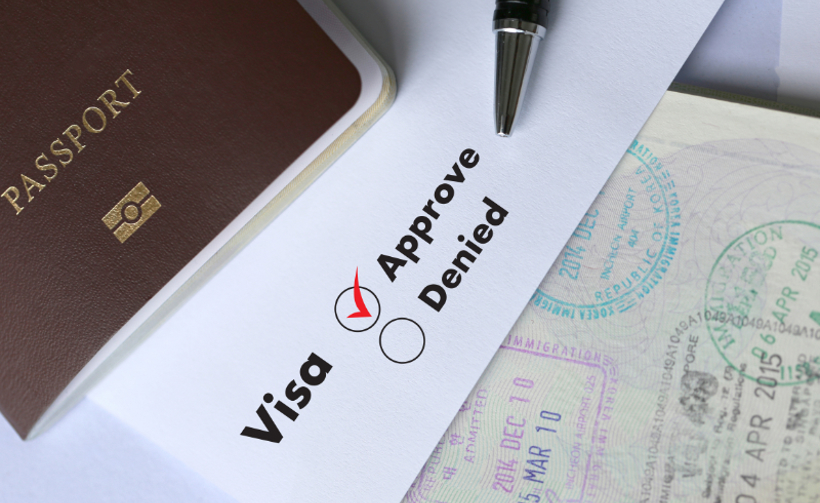
On 16 March 2021, the Home Office published an updated version of Appendix D: keeping documents - guidance for sponsors (“Appendix D”) which now provides clarity on the record-keeping requirements for sponsors in relation to recruitment activity following the end of the resident labour market test (“RLMT”) in December 2020.
Part 2 of Appendix D outlines the evidence of recruitment activity for Workers and Temporary Workers which sponsors are expected to retain.
All sponsors must be able to demonstrate how they have recruited their sponsored workers to evidence that they are not displacing a suitable settled worker. Although the RLMT has been retained in limited circumstances, where a formal RLMT is not required, employers must be able to evidence how they recruited their sponsored workers. The evidence retained in either circumstance will help demonstrate to the Home Office there was a genuine vacancy within the sponsor’s organisation.
For routes which required a formal RLMT, namely the sponsored work routes in place before 1 December 2020, the T2 Sportsperson route, the T5 Religious Worker route and the T5 Creative and Sporting route, the evidence to be retained mirrors that of the previous guidance.
For routes which no longer require a formal RLMT, employers must still retain evidence of the recruitment activity undertaken for the role filled by a sponsored worker. The routes which no longer require a formal RLMT are all Worker routes (including Tier 2) and Temporary Worker routes (including Tier 5) in place from 1 December 2020 onwards and routes where the specific role is exempt from the requirement.
Where no formal RLMT is required but the sponsor still advertised the role, the sponsor is expected to retain the following evidence:
- Details of any adverts placed, including a copy of the advert or a record of its contents, the location of the advert and how long the advert was live.
- A record of the number of applicants for the role, and the number shortlisted for interview (or other stages of the recruitment process).
- At least one other piece of evidence that shows the process the sponsor used to identify the most suitable candidate.
Examples of other evidence include, but are not limited to:
- interview notes for the successful candidate.
- common interview questions used for all candidates.
- brief notes of why the successful candidate was selected and unsuccessful candidates were rejected.
- information about any scoring matrix adopted to identify the successful candidate.
In circumstances where the role was not advertised, sponsors are expected to explain how they identified the successful candidate as suitable for the role. In lieu of advertising, the recruitment process implemented to identify a successful candidate will vary from case to case. It is expected that sponsors will have to provide a narrative, through internal documents, interview notes, and references to explain how the successful candidate was identified.
Examples of expected evidence to be retained in lieu of advertising in Appendix D include:
- workers already working for the employer in another immigration category who are selected based on previous performance.
- candidates identified through a university milk round process.
- workers submitting “speculative” applications and who are selected on the basis of satisfactory references or interviews.
Sponsors recruiting by processes other than advertising should ensure that any associated documents or correspondence evidencing the recruitment process carried out is retained as evidence of the sponsored worker being the most suitable candidate for the role, the genuineness of the vacancy in their organisation and the genuineness of their recruitment practices.
If you would like any advice or assistance regarding sponsor duties or employing migrant workers then please do not hesitate to contact one of the experienced solicitors in our immigration team.
Take the next step
- Call us on 0131 226 5151
